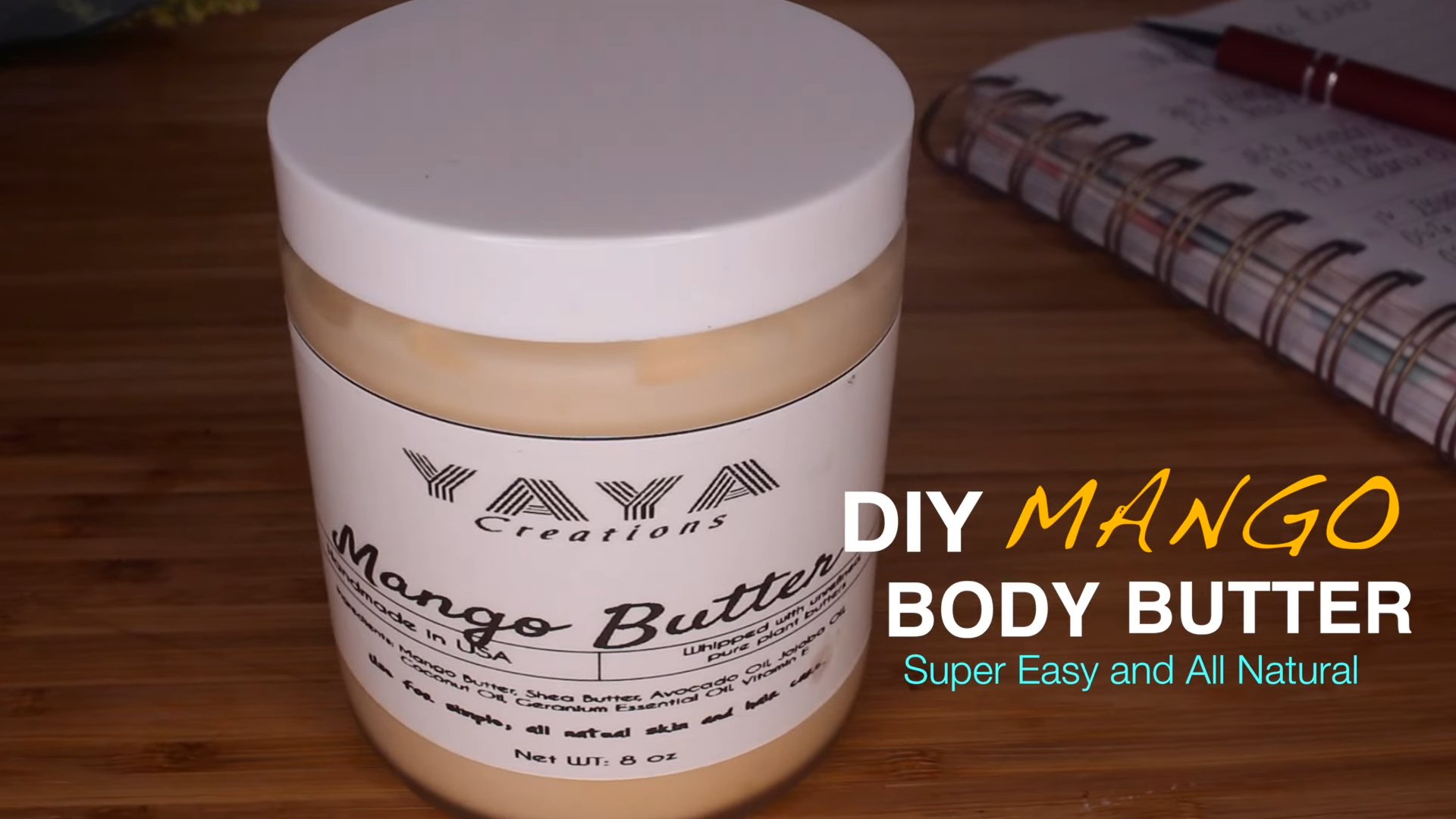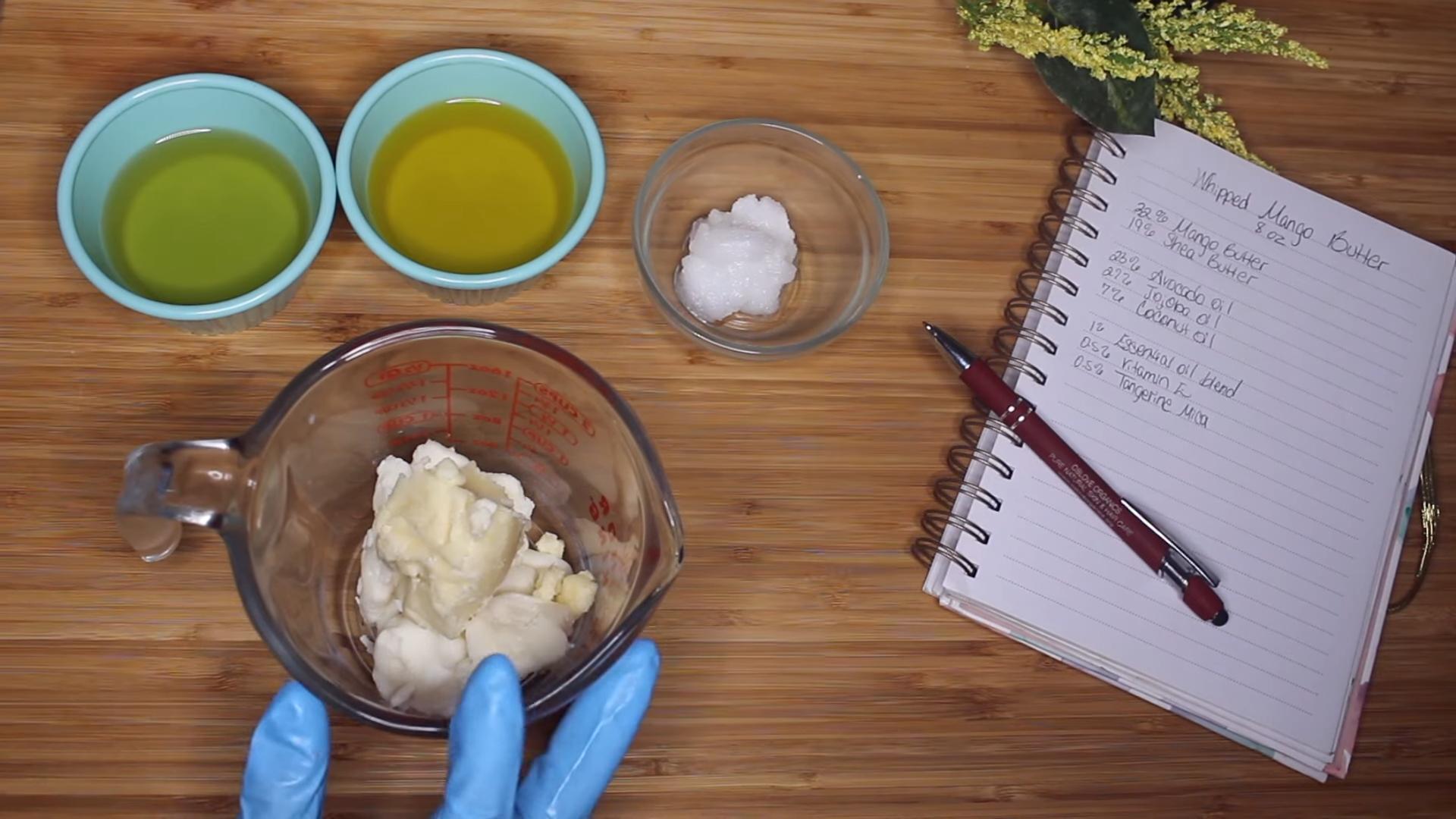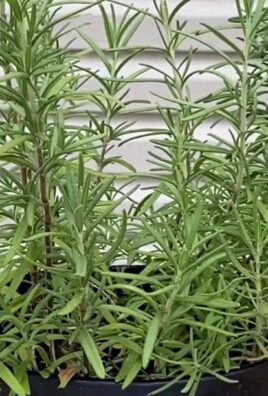DIY Mango Body Butter: Who doesn’t dream of having luxuriously soft, glowing skin? I know I do! And what if I told you that achieving that dream could be as simple as whipping up something amazing in your own kitchen? Forget those expensive, store-bought lotions filled with questionable ingredients. We’re diving into the world of homemade goodness with a recipe that’s not only incredibly effective but also smells absolutely divine.
The tradition of using natural butters and oils for skincare stretches back centuries. Think of Cleopatra, renowned for her beauty, who supposedly used shea butter and other natural emollients to maintain her radiant complexion. This isn’t just a modern trend; it’s a return to time-tested practices that harness the power of nature.
In today’s world, we’re bombarded with chemicals in our everyday products. Many commercial body butters contain artificial fragrances, preservatives, and other additives that can irritate sensitive skin. That’s why creating your own DIY Mango Body Butter is such a game-changer. You control exactly what goes into it, ensuring a product that’s gentle, nourishing, and perfectly tailored to your skin’s needs. Plus, the delightful scent of mango will transport you to a tropical paradise every time you use it! So, let’s get started and unlock the secret to beautifully hydrated skin with this easy and rewarding DIY project.

DIY Luxurious Mango Body Butter: A Step-by-Step Guide
Hey there, fellow DIY enthusiasts! Today, I’m super excited to share my recipe for a decadent and incredibly moisturizing mango body butter. This isn’t just any body butter; it’s packed with skin-loving ingredients that will leave your skin feeling soft, supple, and smelling absolutely divine. Forget those expensive store-bought lotions filled with questionable ingredients – we’re making our own, and it’s going to be amazing!
This recipe is surprisingly easy, even if you’re a beginner. I’ll walk you through each step, ensuring you create a body butter that rivals anything you’d find in a high-end spa. Let’s get started!
What You’ll Need: The Ingredient Rundown
Before we dive in, let’s gather our ingredients. Quality is key here, so try to source the best you can find.
* **Mango Butter (8 oz):** This is the star of the show! Mango butter is incredibly moisturizing and rich in antioxidants. It helps to soothe and protect the skin.
* **Shea Butter (4 oz):** Shea butter adds extra creaminess and is known for its healing and anti-inflammatory properties. It’s a fantastic emollient.
* **Coconut Oil (2 oz):** Coconut oil contributes to the body butter’s smooth texture and provides additional hydration. Make sure to use refined coconut oil if you don’t want a strong coconut scent.
* **Sweet Almond Oil (2 oz):** Sweet almond oil is a lightweight oil that absorbs easily into the skin, leaving it feeling soft and nourished. It’s also great for sensitive skin.
* **Jojoba Oil (1 oz):** Jojoba oil is similar to our skin’s natural sebum, making it easily absorbed and non-greasy. It helps to balance oil production.
* **Vitamin E Oil (1 tsp):** Vitamin E oil is a powerful antioxidant that helps to protect the skin from damage and extend the shelf life of your body butter.
* **Mango Essential Oil (Optional, 20-30 drops):** For an extra boost of mango scent, add a few drops of mango essential oil. Be sure to use a skin-safe essential oil and test it on a small area first. You can also use another essential oil you like, such as lavender or chamomile.
* **Arrowroot Powder (1 tbsp):** This helps to reduce the greasiness of the body butter and gives it a smoother, more luxurious feel.
Equipment You’ll Need: Getting Prepared
Having the right tools makes the process much smoother. Here’s what I recommend:
* **Double Boiler or Heat-Safe Bowl and Saucepan:** This is essential for melting the butters and oils gently.
* **Electric Mixer (Handheld or Stand Mixer):** This is crucial for whipping the body butter to a light and fluffy consistency. A stand mixer makes it easier, but a handheld mixer works just fine.
* **Spatula:** For scraping down the sides of the bowl.
* **Measuring Cups and Spoons:** For accurate measurements.
* **Clean Jars or Containers:** For storing your finished body butter. Make sure they are clean and dry.
* **Thermometer (Optional):** To monitor the temperature of the oils and butters.
Step-by-Step Instructions: Creating Your Mango Body Butter Masterpiece
Okay, let’s get down to the fun part – making the body butter!
Phase 1: Melting the Butters and Oils
1. **Combine the Butters and Coconut Oil:** In your double boiler or heat-safe bowl, combine the mango butter, shea butter, and coconut oil.
2. **Melt Gently:** Place the double boiler over low heat (or the bowl over a simmering pot of water). Stir occasionally until all the butters and coconut oil are completely melted and smooth. Be patient and avoid overheating, as this can affect the texture of the final product.
3. **Add the Liquid Oils:** Once the butters are melted, remove the mixture from the heat and stir in the sweet almond oil and jojoba oil.
4. **Incorporate Vitamin E Oil:** Add the vitamin E oil and stir well to combine. This will help preserve the body butter and provide antioxidant benefits.
Phase 2: Cooling and Solidifying
1. **Cool Down:** Allow the mixture to cool down at room temperature for about 30-45 minutes. You want it to start to solidify around the edges but still be soft enough to whip. You can speed up this process by placing the bowl in the refrigerator, but be careful not to let it get too hard.
2. **Check the Consistency:** The mixture should have a soft, pudding-like consistency. If it’s too liquid, put it back in the fridge for a bit longer. If it’s too hard, let it sit at room temperature for a few minutes to soften.
Phase 3: Whipping to Perfection
1. **Prepare for Whipping:** Once the mixture has reached the right consistency, it’s time to whip it! Using your electric mixer (handheld or stand mixer), start on a low speed.
2. **Whip Gradually:** Gradually increase the speed to medium-high and whip the mixture for about 5-10 minutes, or until it becomes light, fluffy, and almost double in volume. Scrape down the sides of the bowl periodically to ensure everything is evenly whipped.
3. **Add Arrowroot Powder:** Sift in the arrowroot powder and continue whipping for another minute or two until it’s fully incorporated. This will help reduce any greasiness.
4. **Incorporate Essential Oil (Optional):** If you’re using mango essential oil (or any other essential oil), add it now and whip for a final 30 seconds to blend it in. Remember to use a skin-safe essential oil and do a patch test first.
Phase 4: Storing Your Luxurious Creation
1. **Transfer to Jars:** Carefully spoon or pipe the whipped body butter into your clean jars or containers.
2. **Let it Set:** Allow the body butter to set completely at room temperature for a few hours before using it. This will help it maintain its whipped texture.
3. **Store Properly:** Store your mango body butter in a cool, dark place. It should last for several months, especially with the added vitamin E oil.
Tips and Tricks for the Best Body Butter
* Temperature is Key: The cooling and whipping stages are crucial for achieving the perfect texture. Pay close attention to the consistency of the mixture and adjust the cooling time as needed.
* Don’t Overheat: Avoid overheating the butters and oils during the melting process, as this can affect their properties and the texture of the final product.
* Adjust the Oils: Feel free to experiment with different oils to find what works best for your skin. Avocado oil, grapeseed oil, and apricot kernel oil are all great alternatives.
* Customize the Scent: Get creative with your essential oils! Lavender, chamomile, rose, and vanilla are all lovely options.
* Patch Test: Always do a patch test before using any new skincare product, especially if you have sensitive skin. Apply a small amount to your inner arm and wait 24 hours to see if any irritation occurs.
* Whipped vs. Solid: If you prefer a more solid body butter, you can skip the whipping stage and simply pour the melted mixture into jars to solidify. However, the whipped version is much lighter and easier to apply.
* Gifting: This mango body butter makes a wonderful homemade gift! Package it in pretty jars with a ribbon and a personalized label.
Troubleshooting: What to Do If Things Go Wrong
* Body Butter is Too Greasy: If your body butter feels too greasy, try adding more arrowroot powder next time. You can also reduce the amount of coconut oil.
* Body Butter is Too Hard: If your body butter is too hard, try adding more liquid oils, such as sweet almond oil or jojoba oil.
* Body Butter Separated: If your body butter separates, it may have overheated or cooled too quickly. Try re-melting it gently and then cooling it down slowly in the refrigerator before whipping.
* Body Butter Doesn’t Whip: If your body butter isn’t whipping properly, it may not be cold enough. Place it back in the refrigerator for a bit longer and try again.
Why This Recipe Works: The Science Behind the Softness
This recipe isn’t just about throwing ingredients together; it’s about understanding how each component contributes to the final product.
* **Mango Butter:** Provides deep hydration and is rich in antioxidants, protecting the skin from environmental damage.
* **Shea Butter:** Acts as an emollient, softening and smoothing the skin while also offering anti-inflammatory benefits.
* **Coconut Oil:** Adds a luxurious feel and helps to lock in moisture.
* **Sweet Almond Oil:** A lightweight oil that absorbs quickly, leaving the skin feeling soft and supple.
* **Jojoba Oil:**

Conclusion
So, there you have it! Crafting your own DIY Mango Body Butter is not just a fun project; it’s a gateway to luxuriously soft, deeply nourished skin, all while knowing exactly what ingredients you’re putting on your body. Forget those store-bought lotions laden with artificial fragrances and questionable chemicals. This homemade version is a pure, unadulterated treat for your skin, harnessing the natural power of mango butter, coconut oil, and your choice of essential oils.
Why is this DIY trick a must-try? Because it’s customizable, cost-effective, and incredibly rewarding. You control the ingredients, tailoring the recipe to your specific skin needs and preferences. Dry skin? Add a touch more coconut oil or shea butter for extra hydration. Sensitive skin? Opt for gentle, unscented oils and skip the essential oils altogether. The possibilities are endless! Plus, let’s be honest, there’s something deeply satisfying about creating something beautiful and beneficial with your own two hands.
Looking for suggestions or variations? Consider infusing your mango butter with other skin-loving ingredients. A teaspoon of vitamin E oil can boost its antioxidant properties and extend its shelf life. A pinch of arrowroot powder can help reduce greasiness, creating a lighter, more easily absorbed body butter. For a warming, spicy scent, try adding a few drops of cinnamon or ginger essential oil (use sparingly!). If you’re feeling adventurous, experiment with different carrier oils like almond oil, avocado oil, or jojoba oil, each offering its own unique benefits. Remember to always test a small amount on your skin first to ensure you don’t have any adverse reactions.
We wholeheartedly encourage you to give this DIY Mango Body Butter recipe a try. It’s a simple, satisfying project that yields incredible results. Imagine the feeling of smoothing this rich, creamy butter onto your skin, knowing that you created it yourself with love and care. The subtle scent of mango, combined with your chosen essential oils, will transport you to a tropical paradise, leaving your skin feeling soft, supple, and radiant.
Don’t just take our word for it – experience the magic of homemade body butter for yourself! And once you’ve whipped up your own batch, we’d love to hear about your experience. Share your photos, tips, and variations in the comments below. Let’s create a community of DIY beauty enthusiasts, sharing our knowledge and inspiring each other to embrace the power of natural skincare. What essential oil blends did you try? Did you add any other special ingredients? We can’t wait to see what you create!
Frequently Asked Questions (FAQ)
What exactly is mango butter, and why is it good for my skin?
Mango butter is a natural fat extracted from the seed of the mango fruit. It’s a fantastic emollient, meaning it helps to soften and soothe the skin. It’s rich in antioxidants, vitamins A, C, and E, and fatty acids, which contribute to its moisturizing and nourishing properties. Mango butter helps to protect the skin from environmental damage, promote cell regeneration, and improve skin elasticity. It’s also non-comedogenic, meaning it’s unlikely to clog pores, making it suitable for most skin types.
Can I use a different type of butter if I don’t have mango butter?
Yes, you can substitute mango butter with other similar butters, such as shea butter or cocoa butter. Shea butter is a popular choice due to its moisturizing and healing properties. Cocoa butter is another excellent option, known for its rich, chocolatey scent and ability to create a protective barrier on the skin. Keep in mind that each butter has a slightly different texture and scent, so the final product may vary slightly. If you use shea butter, be sure to get the unrefined version for the most benefits.
What kind of coconut oil should I use?
We recommend using unrefined, virgin coconut oil for this recipe. Unrefined coconut oil retains more of its natural nutrients and antioxidants, providing greater benefits for your skin. It also has a stronger coconut scent, which you may or may not prefer. Refined coconut oil is a good alternative if you prefer a less pronounced scent. Both types will work well in the recipe, so choose the one that best suits your preferences.
How do I choose the right essential oils for my skin type?
Choosing the right essential oils is crucial for maximizing the benefits of your body butter. For dry skin, consider using lavender, chamomile, or sandalwood essential oils, known for their soothing and hydrating properties. For oily skin, tea tree, lemon, or grapefruit essential oils can help to balance oil production and prevent breakouts. For sensitive skin, opt for gentle oils like chamomile or rose, and always dilute them properly. It’s always a good idea to do a patch test on a small area of skin before applying the body butter all over your body, especially if you have sensitive skin. If you are pregnant or breastfeeding, consult with your doctor before using essential oils.
How long will my DIY Mango Body Butter last?
Your homemade body butter should last for approximately 6-12 months if stored properly. To extend its shelf life, store it in an airtight container in a cool, dark place. Avoid exposing it to direct sunlight or heat, as this can cause it to melt or go rancid. You can also add a natural preservative like vitamin E oil to help prevent oxidation and extend its shelf life. Always check for any changes in smell or texture before using it, and discard it if it appears to be spoiled.
My body butter is too greasy. What can I do?
If your body butter feels too greasy, there are a few things you can try. First, reduce the amount of coconut oil in the recipe. Coconut oil is highly moisturizing but can sometimes leave a greasy residue. You can also add a tablespoon or two of arrowroot powder or cornstarch to help absorb excess oil. Another option is to use a lighter carrier oil, such as grapeseed oil or apricot kernel oil, in place of some of the coconut oil. Finally, make sure you’re not applying too much body butter at once. A little goes a long way!
My body butter is too hard. How can I soften it?
If your body butter is too hard, it’s likely due to the temperature of your environment. To soften it, you can gently warm it up by placing the container in a bowl of warm water for a few minutes. Alternatively, you can add a small amount of liquid oil, such as almond oil or jojoba oil, to the mixture and whip it again. This will help to create a softer, more spreadable consistency.
Can I use this body butter on my face?
While this DIY Mango Body Butter is generally safe for use on the body, we don’t recommend using it on your face, especially if you have oily or acne-prone skin. The rich oils and butters in the recipe may be too heavy for facial skin and could potentially clog pores. If you want to use it on your face, test a small amount on a small area first and see how your skin reacts.
What are some other ingredients I can add to customize my body butter?
The possibilities are endless when it comes to customizing your body butter! You can add honey for its humectant properties, which help to draw moisture to the skin. Colloidal oatmeal can soothe irritated skin and relieve itching. You can also add dried herbs or flowers, such as lavender or chamomile, for their fragrance and therapeutic benefits. Just be sure to strain them out before using the body butter.
Is this body butter safe for children and babies?
While the ingredients in this body butter are generally considered safe, it’s always best to consult with your pediatrician before using it on children or babies, especially if they have sensitive skin or allergies. Avoid using essential oils on babies under six months old. If you do use essential oils, make sure they are properly diluted and safe for children. Always do a patch test on a small area of skin before applying the body butter all over their body.





Leave a Comment